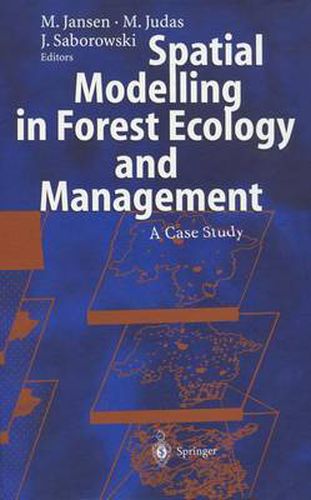Readings Newsletter
Become a Readings Member to make your shopping experience even easier.
Sign in or sign up for free!
You’re not far away from qualifying for FREE standard shipping within Australia
You’ve qualified for FREE standard shipping within Australia
The cart is loading…






This book focuses on the integration of spatial statistics, GIS-technology, ecosystem studies, and scenario modelling. Its main aim is to extend the information gained at the stand level to larger spatial scales, i.e. to forest districts, forest landscapes or to the total area of Lower Saxony. The studies demonstrate the potential and limitations of regionalization approaches for forest ecological variables. The results provide valuable spatial information for forest managers and landscape planners as well as for policy-makers. Some spatial models outlined in this book have been implemented as useful tools in present forest management. With current improvements of data quality, e.g. from remote sensing and refined ground-based inventories, methods are now available to develop large-scale approaches to forest ecology and management. This book is an indispensable tool for scientists and those involved in forest management.
$9.00 standard shipping within Australia
FREE standard shipping within Australia for orders over $100.00
Express & International shipping calculated at checkout
This book focuses on the integration of spatial statistics, GIS-technology, ecosystem studies, and scenario modelling. Its main aim is to extend the information gained at the stand level to larger spatial scales, i.e. to forest districts, forest landscapes or to the total area of Lower Saxony. The studies demonstrate the potential and limitations of regionalization approaches for forest ecological variables. The results provide valuable spatial information for forest managers and landscape planners as well as for policy-makers. Some spatial models outlined in this book have been implemented as useful tools in present forest management. With current improvements of data quality, e.g. from remote sensing and refined ground-based inventories, methods are now available to develop large-scale approaches to forest ecology and management. This book is an indispensable tool for scientists and those involved in forest management.